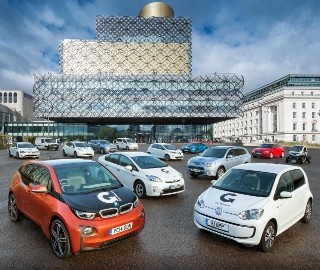While hybrid cars have had a good 10-year run in North America as the most fuel-efficient alternative, Europe never warmed to hybrid-electric powertrains.
With roughly half the passenger cars sold in the European Union being powered by more efficient diesel engines, the difference between hybrid and diesel economy figures was much lower than in the U.S.
While the industry consensus even five years ago was that all makers would have to offer hybrids in notable volumes to achieve carbon-reduction and fuel-efficiency goals, that appears to have changed.
An article in trade journal Automotive News Europe notes that in just four years, European buyers are likely to purchase more plug-in hybrids than conventional (non-plug-in) gasoline-electric vehicles.
Japan’s Toyota still owns more than half of the world’s total hybrid market, led by its instantly recognizable and well-known Prius lineup.
In order, the next high-volume hybrid makers are Honda and Ford, followed by Korea’s Hyundai-Kia and a number of vastly smaller players.
Among those smaller players are virtually all European makers, who have issued small numbers of hybrid variants, only to cancel many of them after only a few years.
Those include hybrid versions of the Mercedes-Benz S-Class, starting in 2009, followed by the BMW 7-Series and then the BMW X6 and Mercedes-Benz ML-Class SUVs.
Today, the only European hybrid model on the U.S. market is the Volkswagen Jetta Hybrid, which sells in far lower numbers than its diesel-engined TDI counterparts in the lineup.
Instead, both European makers and their buyers seem to have concluded that the advantages of plug-in hybrids are far greater.
Read more: Green Car Reports
